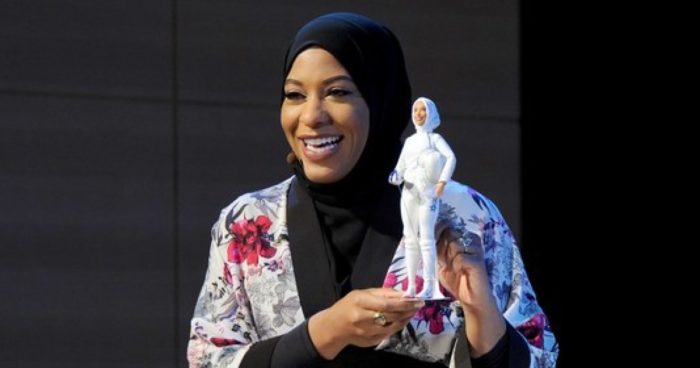Over the last few years, fashion brands have been trying to hit the lucrative market by creating Muslim-focused lines now Macy’s will sell products just for Muslim women.
The move comes at a right time for the department store chain as the company has for years struggled with declining sales due to the rise of online discount retailers. The venture into Muslim apparel is an opportunity to capitalise on a vibrant market.
According to the latest Global Islamic Economy report, consumers spent $254 billion in 2016 on Muslim attire. The report predicted the market could be worth $373 billion by 2022.
In 2015, Muslim women spent $44 billion on modest clothing items alone, an earlier Global Islamic Economy report said. “The clothing may be modest, the success is anything but,” it stated.

Muslim Fashion shows times are changing. There is a cultural shift in today’s society to normalise the hijab in Western culture and not everyone is like Australian politician Pauline Hanson who want to ban the burqa. Clothing lines are aiming to offer more fashion diversity.
Luxury retailers Burberry, Dolce & Gabbana, DKNY, and Mango, have taken notice, as have trendy casual wear companies like Uniqlo, H&M and Zara.
Macy’s joins other brands offering products aimed at Muslims. Nike launched a high-performance hijab last year made for athletics. And Mattel introduced a hijab-wearing Barbie, modelled after the Olympic fencer Ibtihaj Muhammad, the first American athlete to compete in the Olympics in a hijab. The doll is part of its “Shero” line based on inspirational women.







